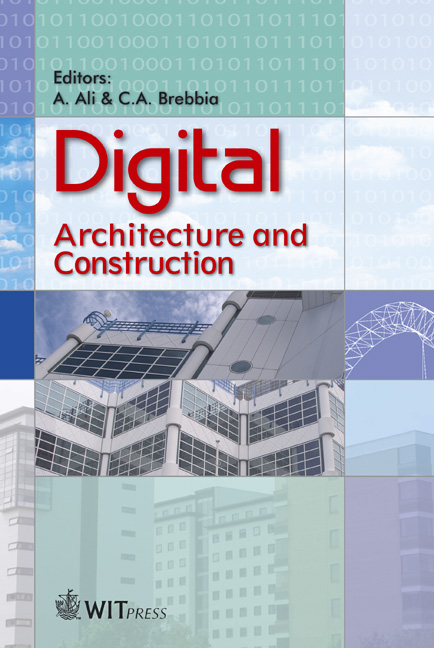PerFORMance: Integrating Structural Feedback Into Design Processes For Complex Form-active Surfaces
Price
Free (open access)
Transaction
Volume
90
Pages
13
Published
2006
Size
2,640 kb
Paper DOI
10.2495/DARC060111
Copyright
WIT Press
Author(s)
T. Al-Haddad & T. R. Gentry
Abstract
This paper outlines a method of using Finite Element Analysis (FEA) software to study the behavior of materials, geometries, and configurations to create an iterative design feedback loop for generating and refining complex configurations of form-active surfaces. The method integrates technical feedback on structural performance – material stresses, deformations and elastic buckling potential – while respecting design intention and promoting constructability, improved structural performance, and syntactic consistency. Instead of the 2-dimensional (planar) technology which drove modernist analysis towards the structural hyper-rationality of the trabeated system, this new process compiles and synthesizes computational speed, mathematic principles, mechanical knowledge, and material logics within a digital 3-dimensional (spatial) analytical environment in order to realize a new paradigm of constructible complex surface structures. The research focuses on the development of structural performance criteria for form-active structures and interoperability techniques/protocols between advanced CAD systems and advanced structural analysis systems in order to create a fluid design + analysis process of generating and engineering complex form-active designs. Keywords: FEA, structural analysis, structural surface, shape stiffening, buckling, computation. 1 Introduction Today the architectural discipline finds itself having mastered the representational production of blobs, folds, cells, webs, cracks, crystals, fractures, plumes, drips, nests, sponges, shells, et cetera. The explosion of
Keywords
FEA, structural analysis, structural surface, shape stiffening, buckling, computation.




